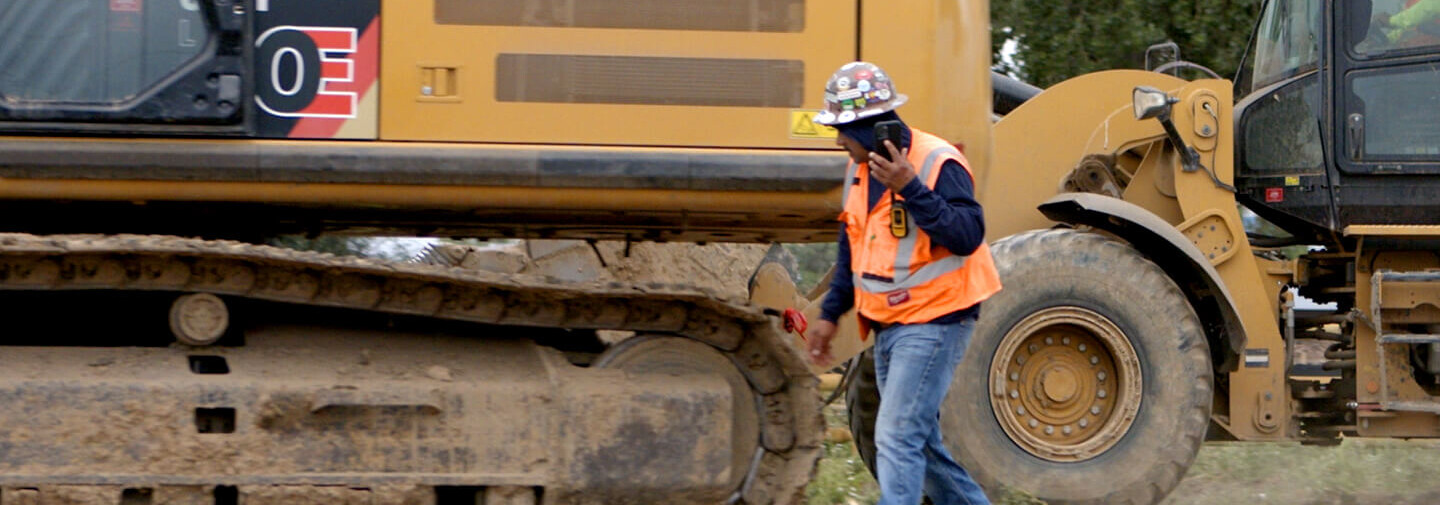Predictive analytics uses:
- Data mining
- Predictive modeling
- Machine learning
This helps analyze current and historical information to predict future events. It provides potential outcomes based on the probability of those outcomes happening in reality. Construction companies are just beginning to learn the power of this analysis on the future of their projects and businesses.
The analysis is based on patterns found in data gathered by contractors from real-life projects. The use of actual construction data to predict project outcomes helps them improve decision-making and anticipate problems before they happen.
How predictive analytics works in construction
The basis of any data analysis is past performance and data regarding that performance. Construction companies receive data from multiple locations during a project:
- Accounting
- Estimating
- Contracts
- Inspections
- Drawings
- Specifications
- Submittals, etc.
Often the data is gathered and stored in separate software systems, or even in separate physical locations. All of this data needs to be collected and entered into the predictive analytics model so it can analyze the data for patterns. It’s important to note that the analysis is only as good as the initial data, so the better information you have, the better outcome you’ll get.
Depending on the amount of data and what form it’s in, predictive analytic models can vary in complexity. Teams that are just starting with data analysis may want to begin with a simple data set for review. Once the team sees the power of the analysis, you can move on to more complex analysis.
After the data has been processed, the model will generate a list of probable events and their perceived chance of becoming reality. Events may include the probability that a safety incident will occur, or that a particular change will happen on the project. Teams review the data and probabilities, assess the risk associated with them, and develop an action plan to proactively deal with the potential events. Because of this analysis, teams are able to act proactively in the face of risk, instead of reacting after an incident has already happened.
Why you need to use predictive analytics
Predictive analytics allow construction teams to:
- Anticipate problems
- Reduce costs
- Mitigate risk
- Make better decisions
By reviewing past data for patterns, data models are able to anticipate future problems and assign them a probability. Teams are able to quickly see potential issues and choose when to address them, prioritizing them by their potential probability. While teams will address high probability events as a matter of course, it may also be beneficial to address low probability events if the potential for damage is high. For example, safety issues may be prioritized above potential cost or schedule delays, due to the perceived higher cost of physical injury.
When teams know what to expect on a project and can act proactively early in the process, costs are reduced. If potential problems can be addressed in design, it’s less expensive to make changes at that point in the process as opposed to after construction has started. This ability to predict outcomes can save owners time and money, as well as improving contractor performance.
With predictive analytics, teams are able to identify potential risk early in the project and make the necessary changes to mitigate the risk before work begins. By acting proactively, you can avoid additional costs and delays caused by dealing with changes to the design and schedule. The goal of all construction teams is to mitigate the risk to their companies and the project owner, and analytics provides a look into the future unlike any other.
Contractor teams are able to make better decisions when it comes to both bidding and budgeting a project with predictive analysis. By reviewing past project data prior to creating an estimate, contractors can use actual outcomes to inform their bid, this prevents losses due to on-site conditions or design issues. Contractors can also determine whether you want them to bid on a project based on the probability of potential problems. Budgeting is also more accurate when all the probabilities are considered.
Get tomorrow’s answers today
Assignar’s predictive data analysis provides construction teams with the information you’ll need before you need it. It takes into account past project patterns, industry data, and other data inputs to provide a set of possible outcomes and their probability. Using this information, contractors and project owners can make educated decisions on how to proceed going forward, with the ultimate goal of reducing risk. The model is constantly updating with new data, so teams can be sure the results are based on current information.
If you’d like to get started, or see how predictive analytics could help your team, contact us for more information or to schedule a demo.


